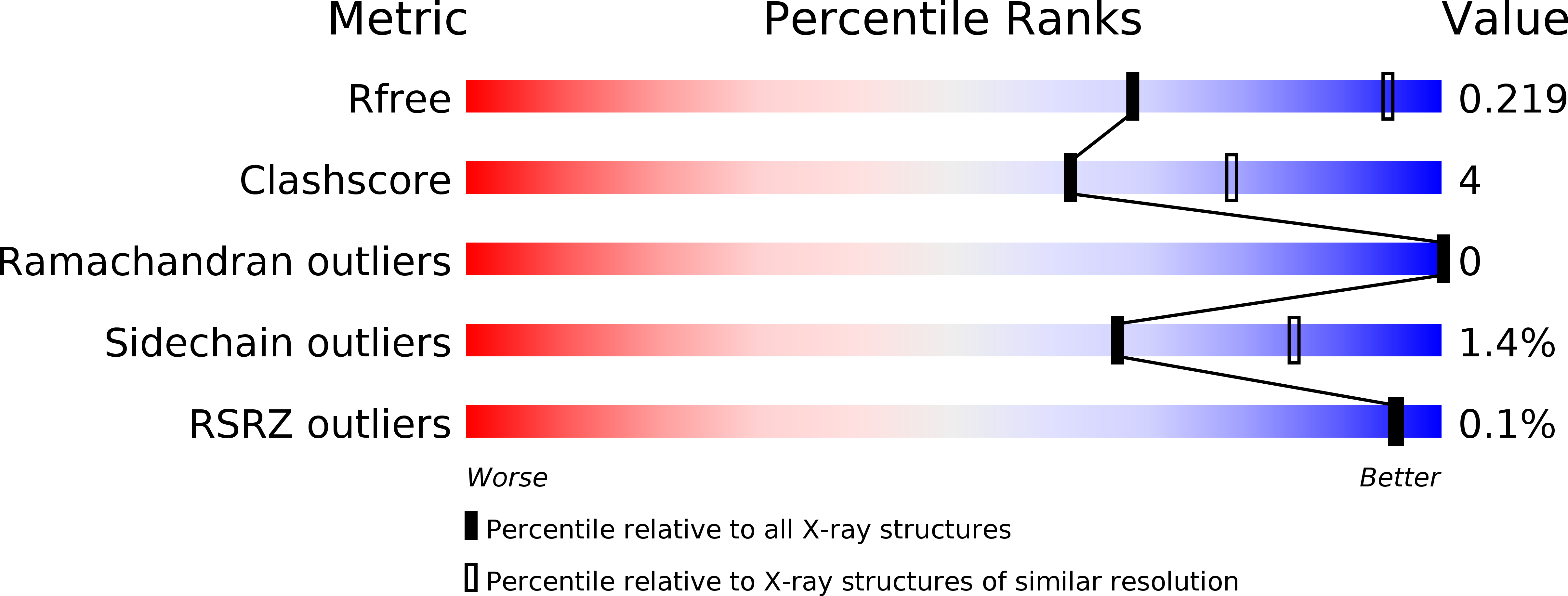
Deposition Date
2018-05-13
Release Date
2018-11-28
Last Version Date
2024-10-30
Entry Detail
PDB ID:
6DF2
Keywords:
Title:
Improved anti-phosphotyrosine antibody 4G10-S5-4D5 Fab complexed with phosphotyrosine peptide
Biological Source:
Source Organism:
synthetic construct (Taxon ID: 32630)
Host Organism:
Method Details:
Experimental Method:
Resolution:
2.60 Å
R-Value Free:
0.23
R-Value Work:
0.17
R-Value Observed:
0.17
Space Group:
C 1 2 1


